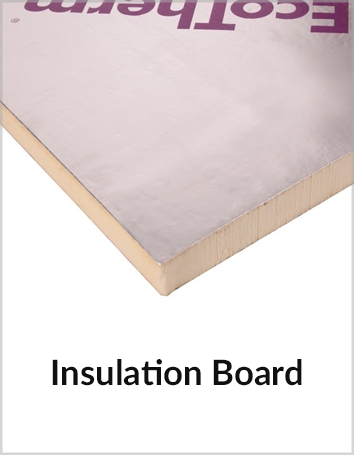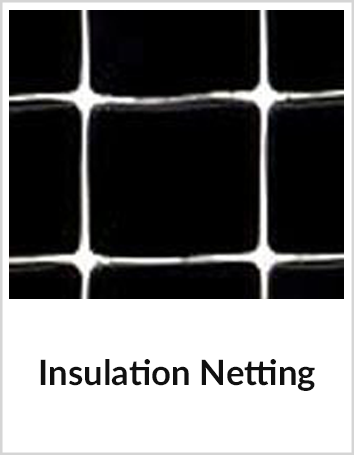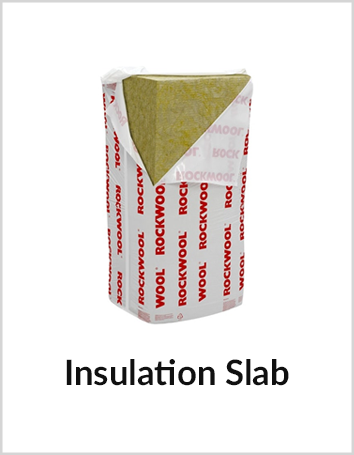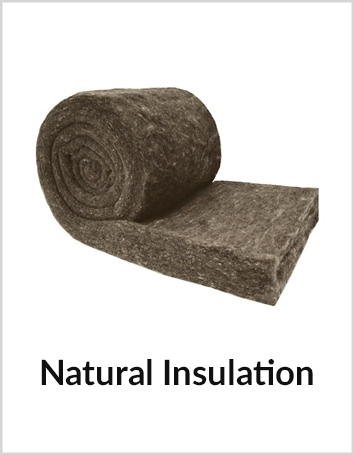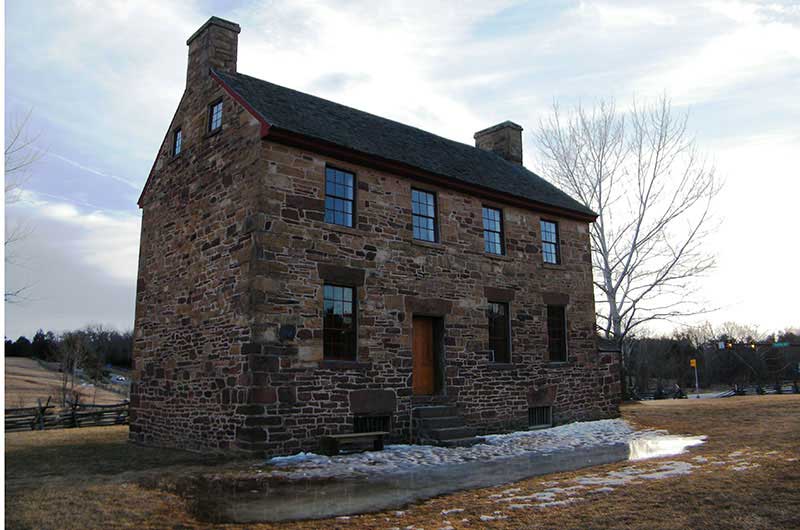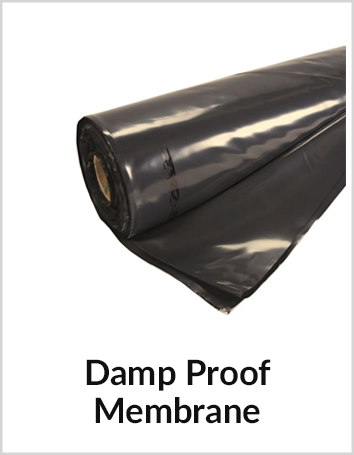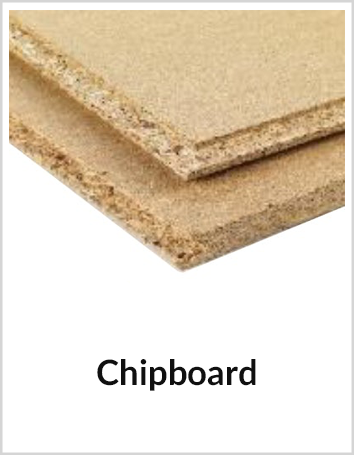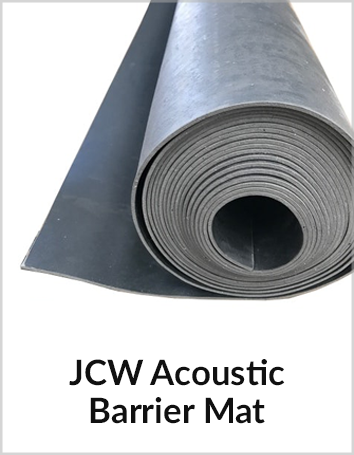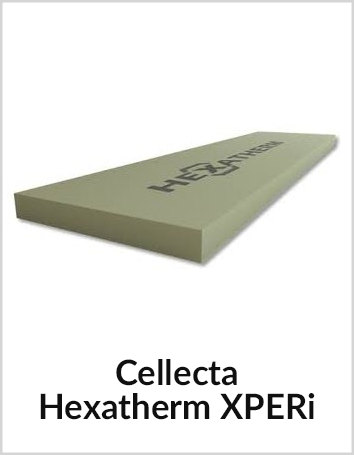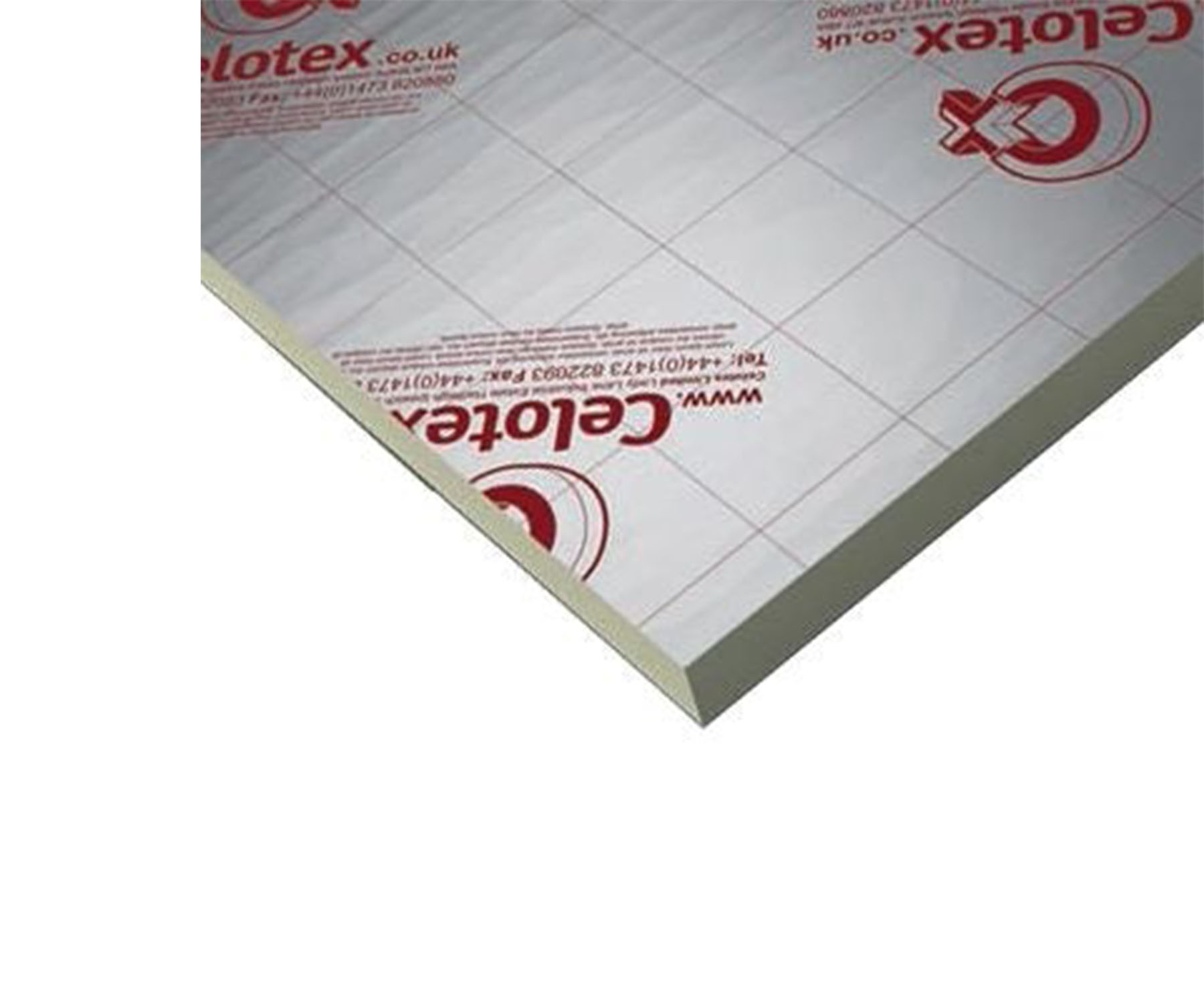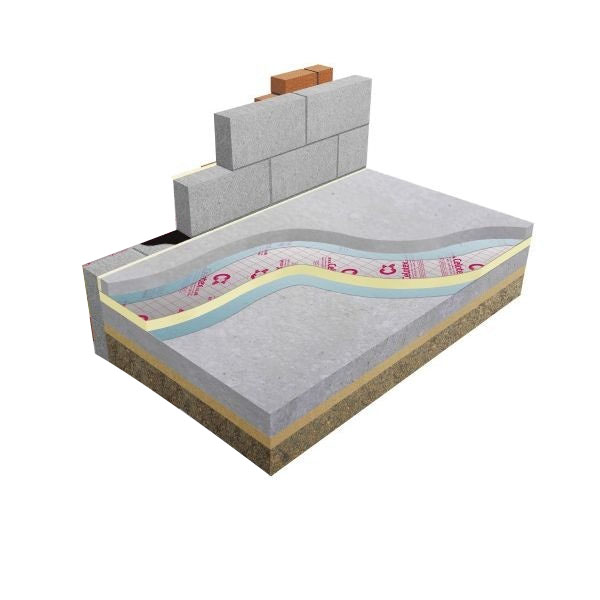Floor insulation is a super way to keep your property warm, while also being cost-effective in terms of your energy bills and the insulation you need to buy for your project.
When we think of the places that need underfloor insulation the most, bedrooms above garages and houses with basements or cellars are the most common examples. These types of spaces often mean the room above it has suspended floors, which means it’s typically very easy to install floor insulation in these rooms.
On a wider scale, other rooms in the home, can and often need to be, insulated too.
In our helpful guide, we’ll walk you through all of the essential information you need to know about insulating a floor.
So, whether you need floor insulation boards, suspended floor insulation or even concrete floor insulation for your project, we’ve got you covered.
Without further ado, let’s dive right in.
Table of contents:
- Floor insulation for suspended floors
- Floor insulation for solid floors
- Insulating a concrete floor
- Installation tips for insulating a concrete floor
- Final thoughts
Floor insulation for suspended floors
To identify if you have a suspended floor you need to assess whether there is a void beneath your floorboards and the floorboards themselves are resting over joists. This void can cause a lot of heat loss if it’s not addressed so filling this void with floor insulation such as insulation roll or insulation board can minimise household bills and make your home more comfortable too.
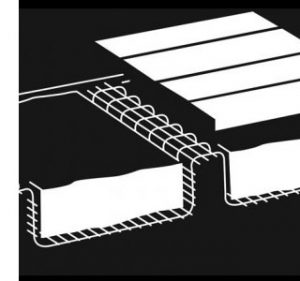 Suspended floor insulation is the easiest to fit when there is a cellar or basement beneath the property. This should give easy access to the void below the joists, so insulation can be fixed in place using insulation netting, insulation slab or insulation board can be friction fit into the joists so that the insulation stays put whilst insulation netting is rolled out and fixed at each joist just for some extra support.
Suspended floor insulation is the easiest to fit when there is a cellar or basement beneath the property. This should give easy access to the void below the joists, so insulation can be fixed in place using insulation netting, insulation slab or insulation board can be friction fit into the joists so that the insulation stays put whilst insulation netting is rolled out and fixed at each joist just for some extra support.
By pulling the netting taught and ensuring the insulation is tightly packed into the space you can reduce heat loss through the floor without needing to lift a single floorboard.
Unfortunately, if your home doesn’t feature a basement or a cellar, but the floor is still suspended, floorboards and any floor finishing will need to come up. Since it’s a big job to empty a room of furnishings to gain access to the void below, we recommend that this is done alongside other big jobs like plastering or painting.
Like insulating a floor where a basement or cellar provides access to the joists, you need to lift the floorboards and put them to one side before laying rigid insulation boards in the joist spaces. Cut each piece of insulation board to just slightly smaller than the joist space you’re going to fit it into, this will provide friction for a tight fit, so no air can escape through the side gaps.
You can use insulation roll like popular natural insulation sheep’s wool by fitting inexpensive insulation netting underneath the joists as in the picture to the right. Drape the netting as low as needed to accommodate the thickness of the insulation roll then roll the insulation out, as usual, taking care to make sure it extends to the width of the joists.
Please be aware of airbricks in the outside walls. Floorboards will rot if airbricks are covered as there will be no ventilation! These should be at least two inches below the bottom of the insulation before the hardcore.
Floor insulation for solid floors
Solid floors, in theory, shouldn’t need as much insulation as suspended floors as they’re thicker and harder for heat to escape through. Stone floors can be as much as 50cm thick in old builds! However, some heat can still be lost through these types of floors so it’s good to assess the options and weigh up the benefits of a warmer, more efficient floor.
Obviously, with a solid floor, you’re unable to remove the floor to insulate so the only method of insulating a floor is to layer up. It’s advisable to install a damp proof membrane between the solid floor and the insulation to ward off any unwanted moisture. Wet insulation is even more inefficient than no insulation at all!
With the use of specialist build-ups with acoustic matting and underlays, you can reduce echoes and airborne noise in buildings that are built from solid walls and are typically spacious inside like older churches that either need insulating or are being converted.
For example, once the insulation board has been laid across a solid floor, install a 1.2mm thick layer of acoustic barrier mat followed by a 9mm thick layer of acoustic MDF sheet to reduce the airborne noise and echoes whilst adding just 10.2mm to the floor thickness.
One thing that’s very important to consider is the floor level. With a minimum of three layers going on top of the existing solid floor, that can impact the height of the internal floor and affect other fixtures and fittings. It may be appropriate to trim doors to size and to employ an electrician to raise electric sockets.
Insulating a concrete floor
When building or renovating a new space, insulation should always be considered. From preventing damp to reducing heat loss and aiding with noise dampening, below-grade insulation is always important.
When it comes to insulating a concrete floor, there are a number of options available to you, and each brings its own advantages to keeping your home warm. Here at Insulation Superstore, we have a wide range of insulation products available, all at our famously competitive prices.
PIR boards
PIR boards are one of the most popular forms of insulation available. Polyisocyanurate (PIR) boards are generally made from a foam-type material, and used in the form of a rigid board. PIR boards come in a range of forms, for example, bonded to plywood for use on timber flat roofs, bonded to OSB board for decking and new flat roofs, or plasterboard for increased speed of insulation in walls.
However, the most popular form of PIR board, and one that is particularly useful for insulating a concrete floor, is a PIR board that is between two aluminium foil facings – these provide extra levels of insulation for improved thermal retention.
PIR boards are also incredibly easy to install – they can be cut and shaped easily and are relatively lightweight. Take a look at our range of PIR boards from Celotex, the UK market leader in high-performance PIR insulation.
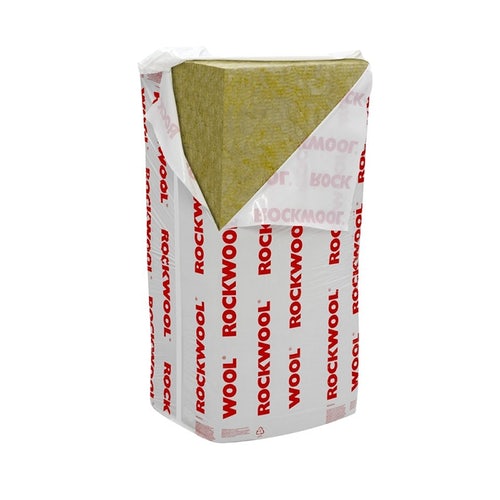 Insulation slabs
Insulation slabs
Insulation slabs are a more flexible material with good insulation properties and are used in a wide range of applications. Typically highly dense, but easy to cut and lightweight, insulation slabs reduce the amount of heat passing through by trapping it within the structure. Insulation slabs are often chosen for use with concrete floors because they can be easily installed within a timber framework, installed on top of the concrete floor.
Here at Insulation Superstore, we have a range of different insulation slabs, from brands such as Rockwool and Knauf. Each brand has used the latest technology and development to create a product that is high-performing yet practical and easy to install.
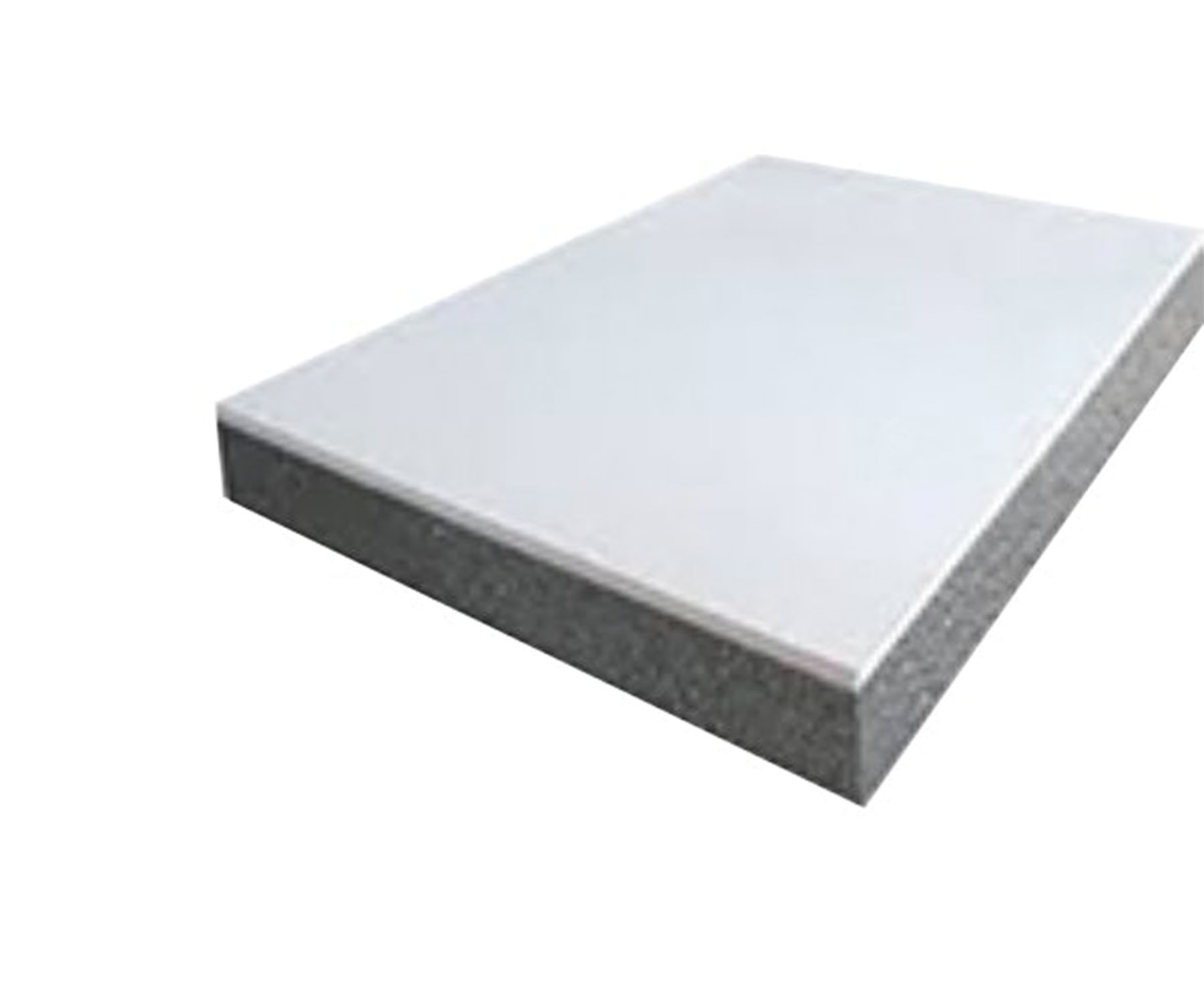 EPS
EPS
Expanded Polystyrene (EPS) is a form of insulation that is manufactured using beads of foam. The beads are exposed to heat, which causes them to expand and bond together. This creates a closed-cell structure, which creates a consistent layer resulting in a constant level of insulation across the whole floor.
EPS is a good choice for insulating a concrete floor because it has a long-term R-value, alongside a consistent level of thermal resistance, and it is produced in easy-to-manage sheets to allow easy installation.
Insulation Superstore offers EPS from brands such as Styrene and Jablite, market leaders in the EPS insulation industry.
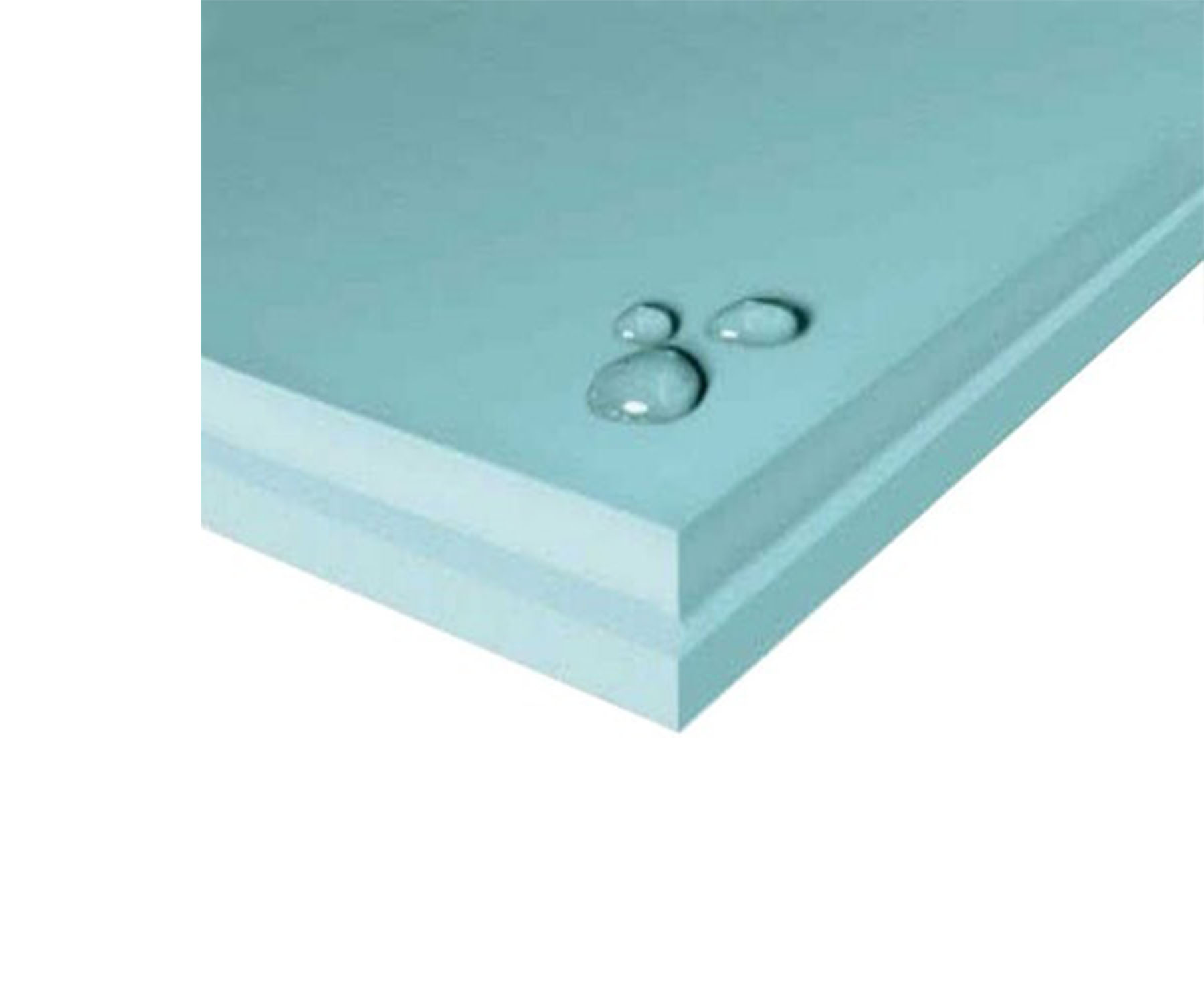 XPS
XPS
Extruded Polystyrene insulation is a form of insulation that is manufactured using an extrusion process. This results in a closed cell structure which has a smooth surface on the top and bottom and prevents water from penetrating through the insulation board.
XPS is generally considered better suited to insulating a concrete floor than EPS because it is more vapour resistant than EPS, and denser which provides extra stability but it is also higher in price, so people are still opting for EPS when they are on a budget.
Installation tips for insulating a concrete floor
When insulating a concrete floor, we’d always recommend installing a damp proof membrane, between the solid floor and the insulation. When insulation gets damp, its insulating properties are significantly reduced, which can cause issues, but this damp can also cause further damage to your home.
When installing insulation on a concrete floor, the insulation can either go above or below the concrete.
Insulation above a concrete floor
Installing insulation above the concrete floor is beneficial when working on a renovation project because it can be placed onto the floor without requiring excavation and relaying of the floor. Additionally, insulation that is above a concrete floor will help the room to warm up more quickly, but it will also cool down more quickly.
When installing insulation on top of the concrete floor, the most common method of installation is as follows. Lay the damp proof membrane onto the concrete, followed by the insulation. Then lay moisture-resistant chipboard, or a concrete screed to the top, which can then be covered by the flooring to finish. 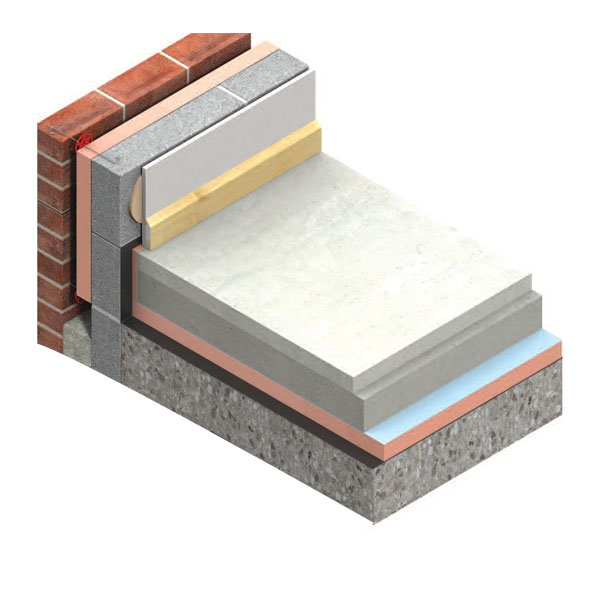
Insulation below a concrete floor
Generally, if possible, insulating concrete below the concrete floor is the best form of installation. This is because the concrete helps to absorb the heat much better, whilst also preventing the room from overheating.
When installing insulation below the concrete floor, the most common method of installation involves the following steps.
Firstly, there is a form of infill over the surface, such as sand which will prevent anything from puncturing the next layer.
Next, lay a damp proof membrane over the sand, which will create an airtight membrane.
The next step is to lay insulation, following which concrete can be laid.
Finally, the flooring can be laid on top.
Final thoughts
Insulating a floor can vary in difficulty depending on factors such as access, existing flooring and the type of insulation being used.
In some cases, it may require lifting floorboards or working in confined spaces, which can make the process more challenging.
What’s more, ensuring proper insulation installation, including sealing gaps and joints for airtightness, requires attention to detail.
Still, with proper planning and the right tools and materials, insulating a floor can be a manageable DIY project for many engaged homeowners.
Now that you have a general understanding of how to insulate a floor, you’re in a good place to consider the project.



